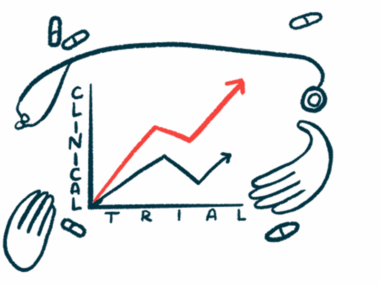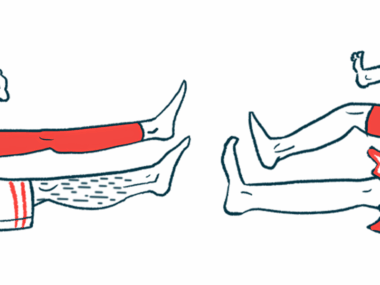FDA approves fully asleep DBS surgical procedure by Medtronic
Shorter surgery time seen when general anesthesia used for entire procedure
Written by |

The U.S. Food and Drug Administration (FDA) has approved Medtronic’s Asleep Deep Brain Stimulation (DBS) surgery for people with Parkinson’s disease or essential tremor.
“This is a significant advancement in our surgical offering, providing another safe and effective option for patients considering DBS,” Amaza Reitmeier, a vice president and general manager for brain modulation at Medtronic, said in a company press release.
DBS is a surgical procedure that involves implanting electrodes in specific brain areas to deliver electrical impulses via a pacemaker-like device called a neurostimulator. These impulses help to regulate abnormal brain activity, easing motor symptoms due to Parkinson’s and to essential tremor — a related neurological condition — such as involuntary shaking, muscle stiffness, and slowed movements.
Asleep DBS did well in a comparative study with traditional DBS
Traditionally, DBS is performed in two parts. The first, for placing fine wires with electrodes attached in targeted regions, is done while the patient is awake under local anesthesia, allowing for real-time feedback to ensure optimal placement. The second part, where the electrodes are attached to the stimulator, can involve general anesthesia.
Advancements in surgical techniques have led to the development of a DBS procedure entirely conducted under general anesthesia, which can shorten the time under surgery for patients.
Research has shown that both DBS approaches can provide patients with similar relief from certain motor symptoms. A 2022 published study comparing the two methods in Parkinson’s patients also found significantly shorter surgery and procedure times, with no loss of efficacy, in those given asleep DBS with image-based verification.
“Asleep DBS offers a safe, comfortable and less stressful experience for patients who are apprehensive about the surgery,” said Francisco Ponce, MD, chief of neurosurgery at The Barrow Neurological Institute in Phoenix. “Whether performed asleep or awake, DBS is proven to reduce motor symptoms in movement disorders like Parkinson’s.”
Medtronic’s procedure uses its Percept RC DBS system, a small dual-channel neurostimulator that transmits electrical signals via thin wires to target brain regions. The system was cleared by the FDA earlier this year.
It comes equipped with technology to capture and record brain activity, helping physicians to fine-tune and personalize the therapy for patients. According to the company, this is the only DBS system equipped with sensing technology and advanced programming.
The Percept system’s battery can be almost completely recharged in less than one hour, the company reports, and it offers at least 15 years of service life. Software updates also can be done without the need to replace the device, which is safe to be used in MRI scans.






